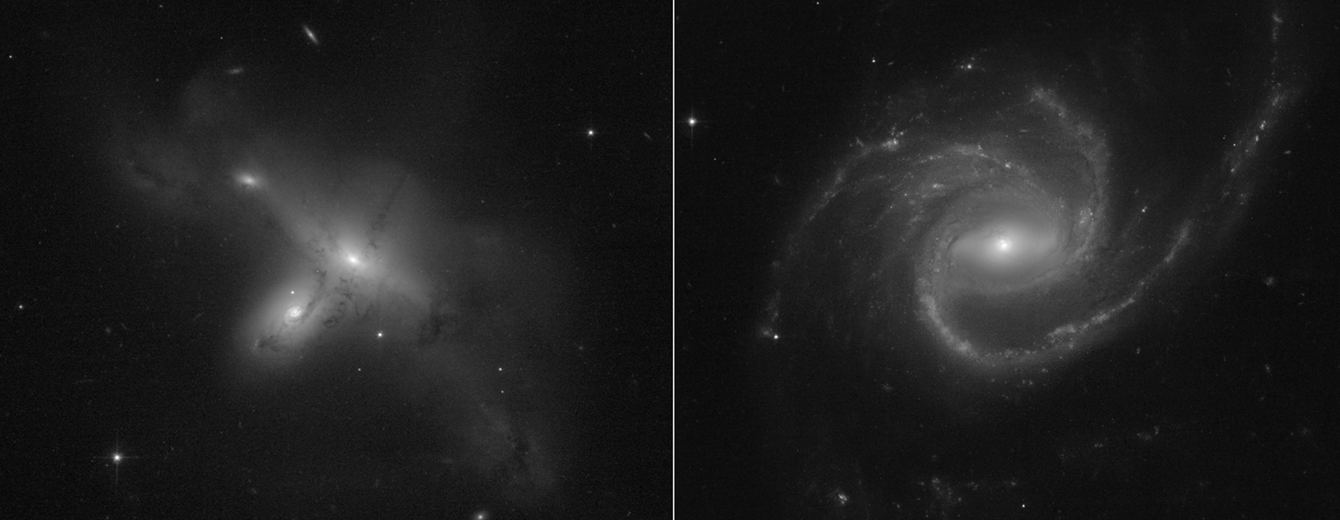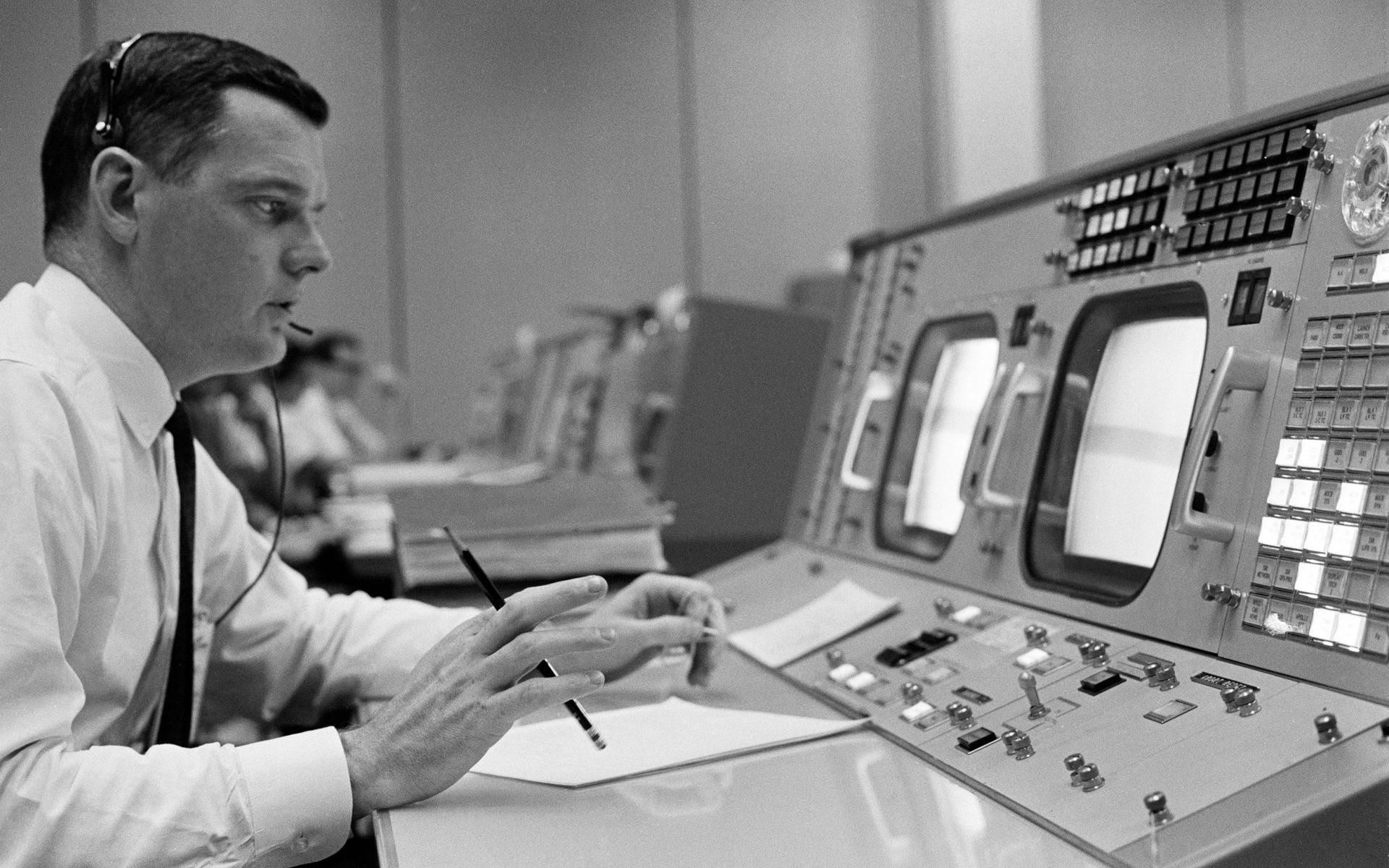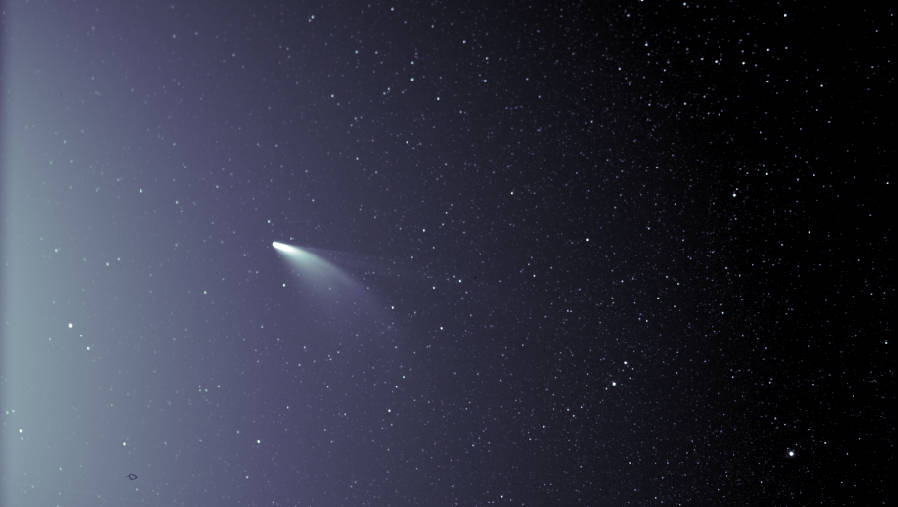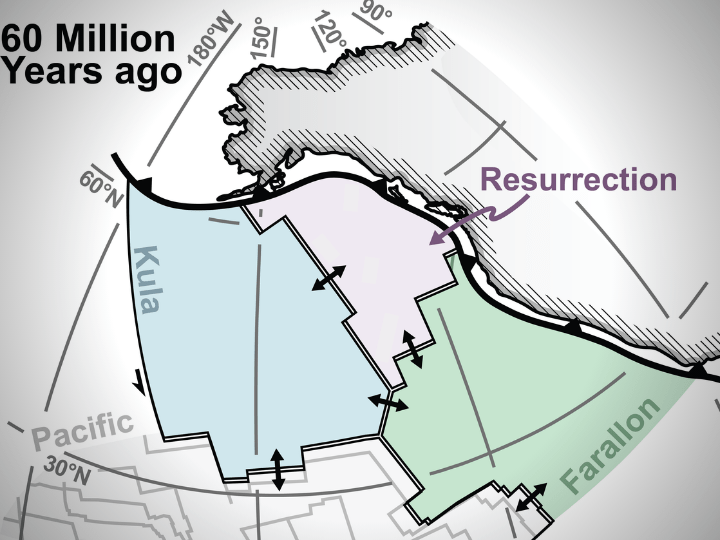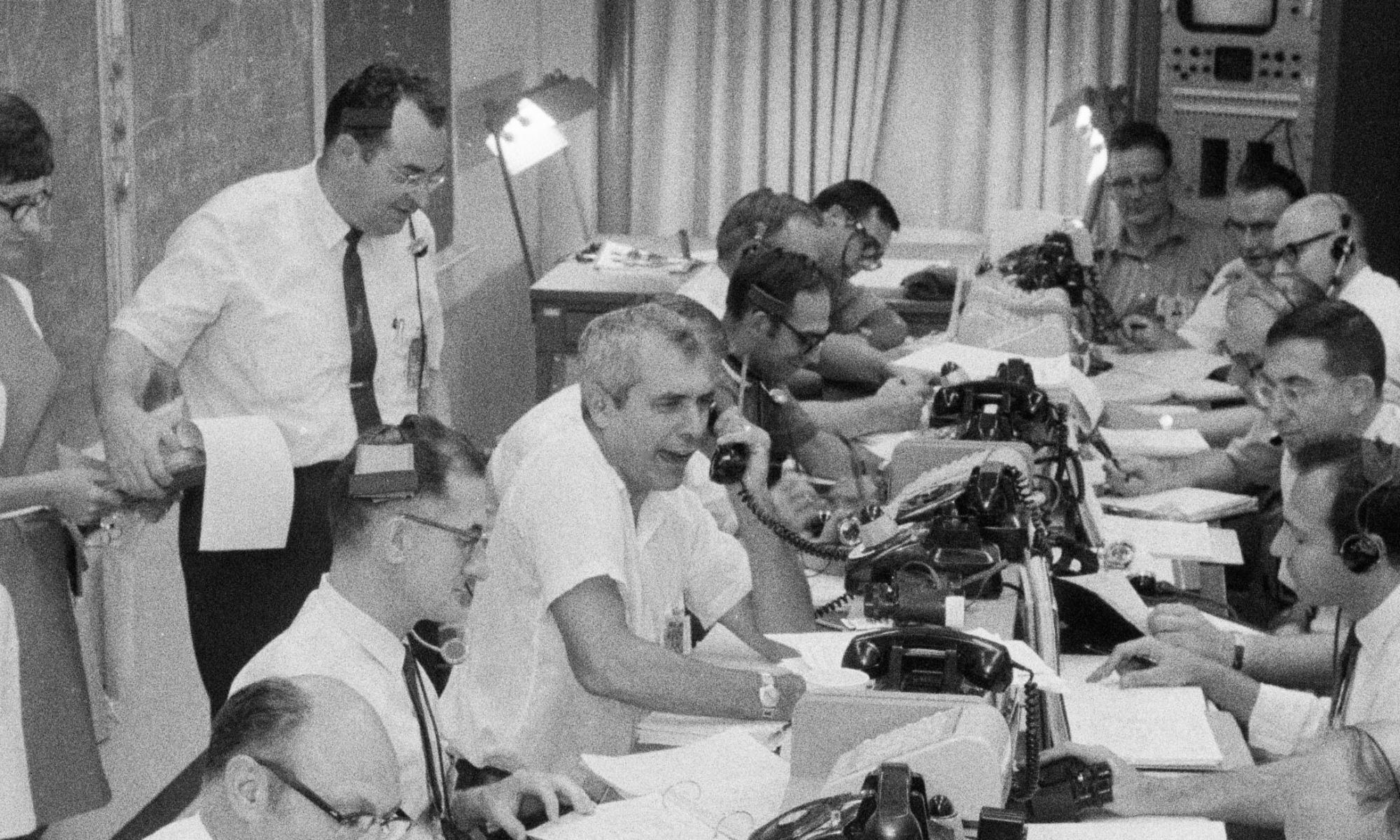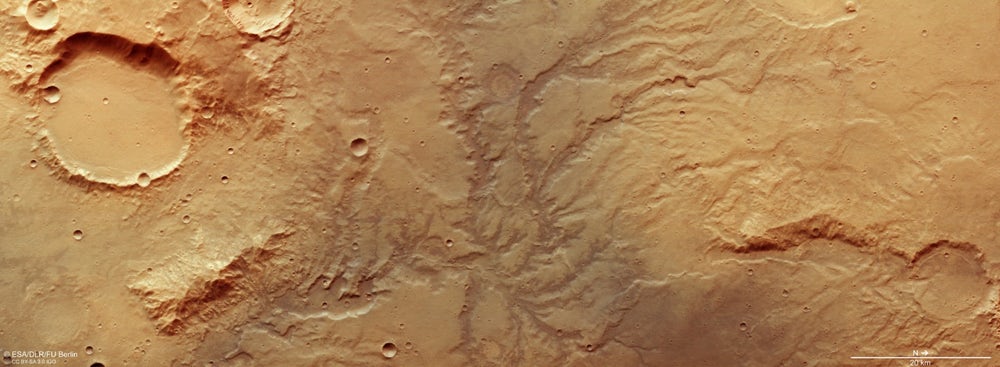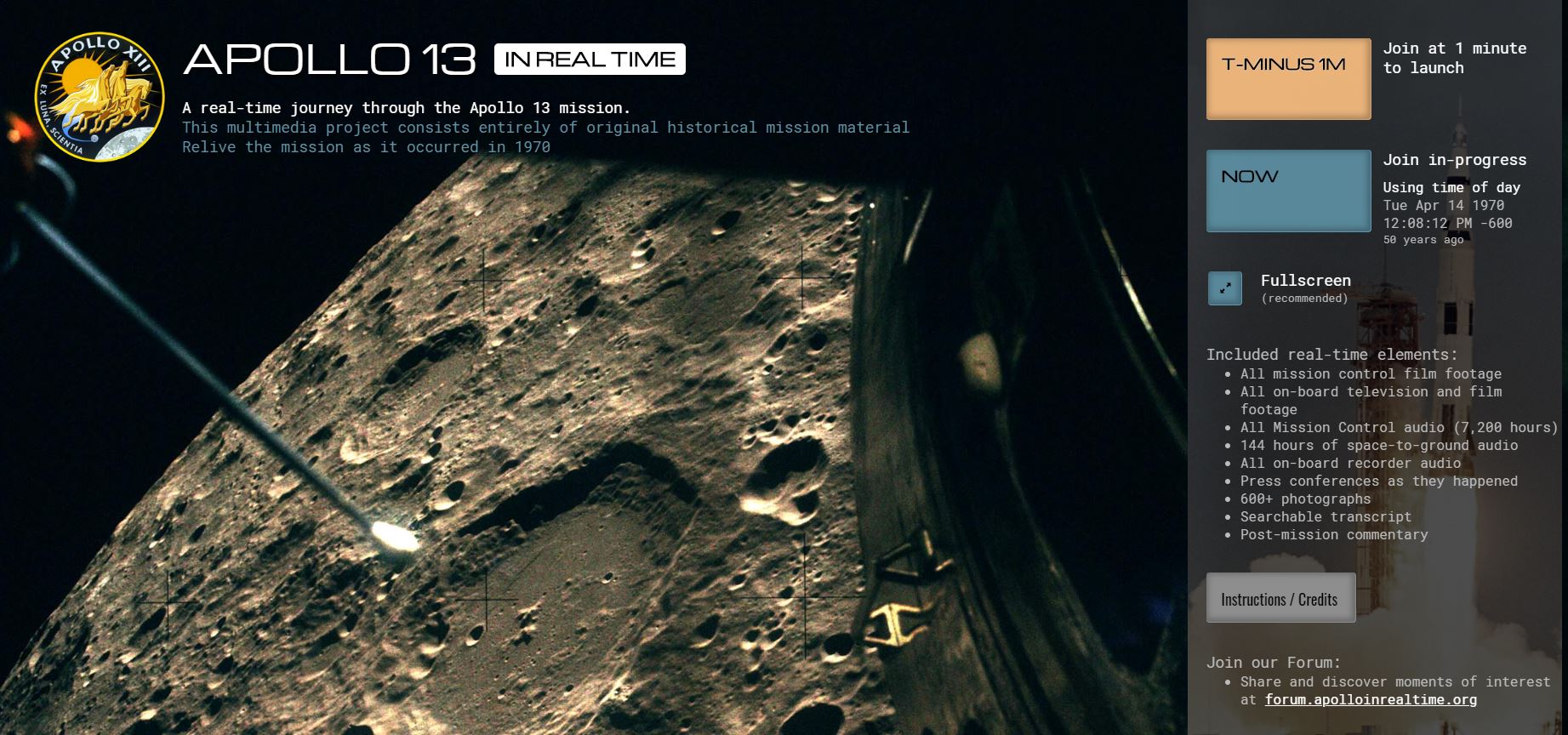The astronomy community breathed a huge sigh of relief earlier this week when the Space Telescope Science Institute announced the Hubble Space Telescope’s major computer issues had been fixed. In a grueling month of recovery work, every expert – even retired Hubble engineers and scientists — was brought in for consultation. Their ultimate success is a tribute to the legacy of problem-solving and innovation NASA has been famous for over the years. And now, the telescope is back doing what it was built to do, taking incredible pictures of the cosmos and sending them down to Earth.
Here are the first images since the long-distance repair, two pictures of galaxies. One shows a galaxy with unusual extended spiral arms, and the other is the first high-resolution view of an intriguing pair of colliding galaxies.
Continue reading “Here are the First New Pictures From the Fully Operational Hubble”
